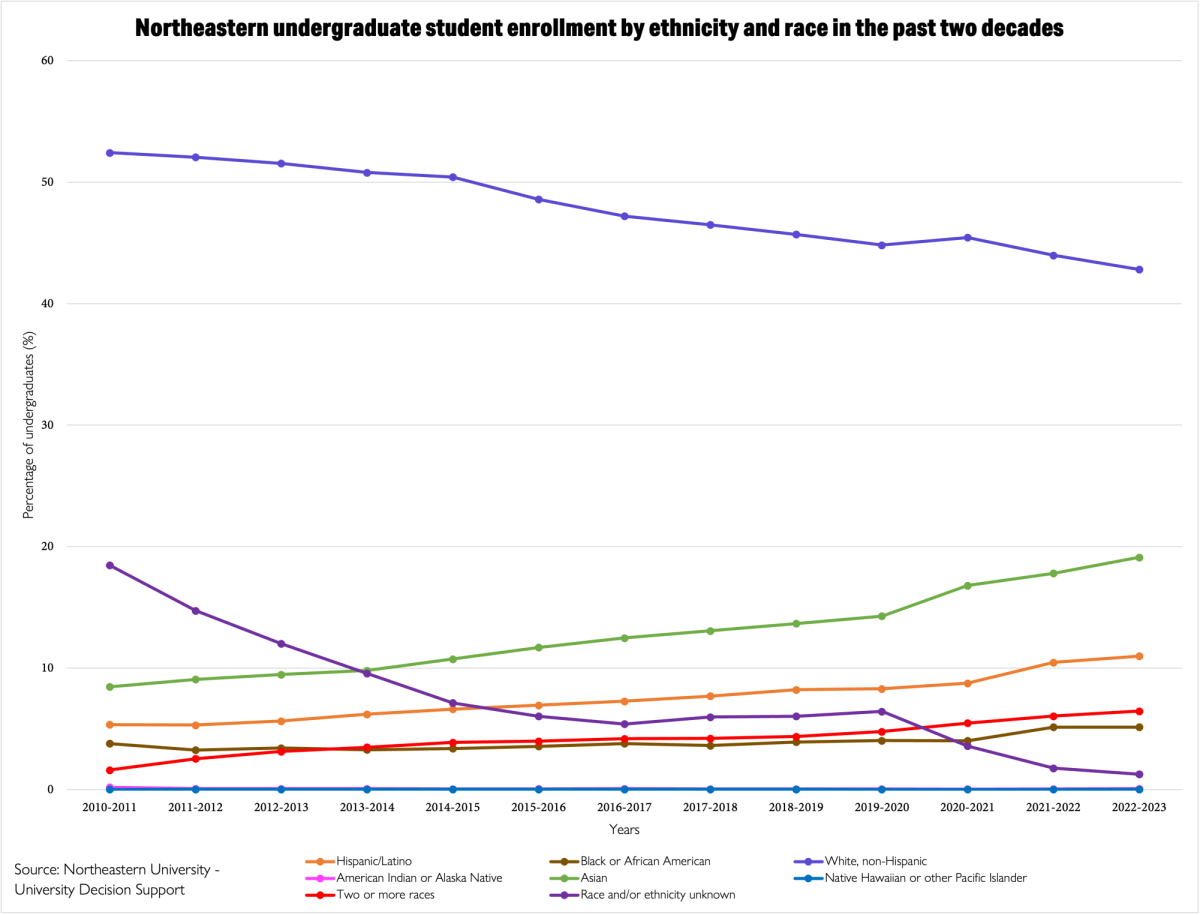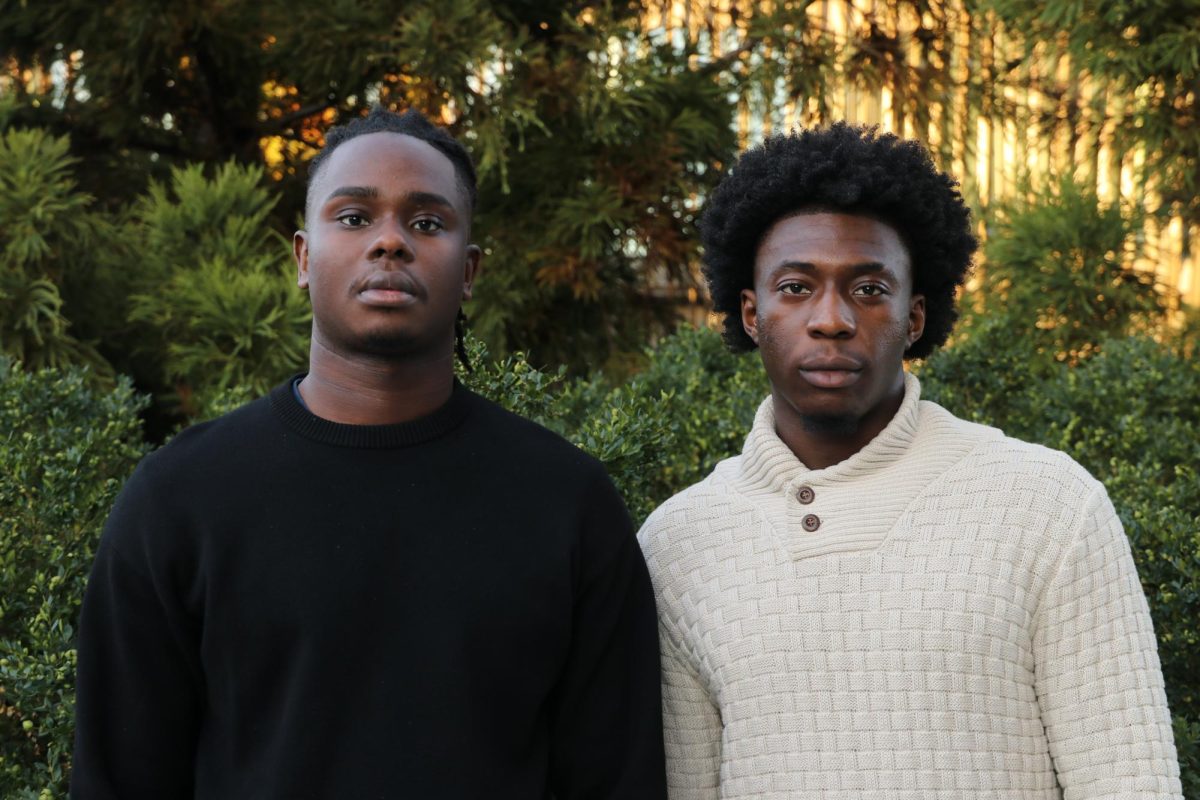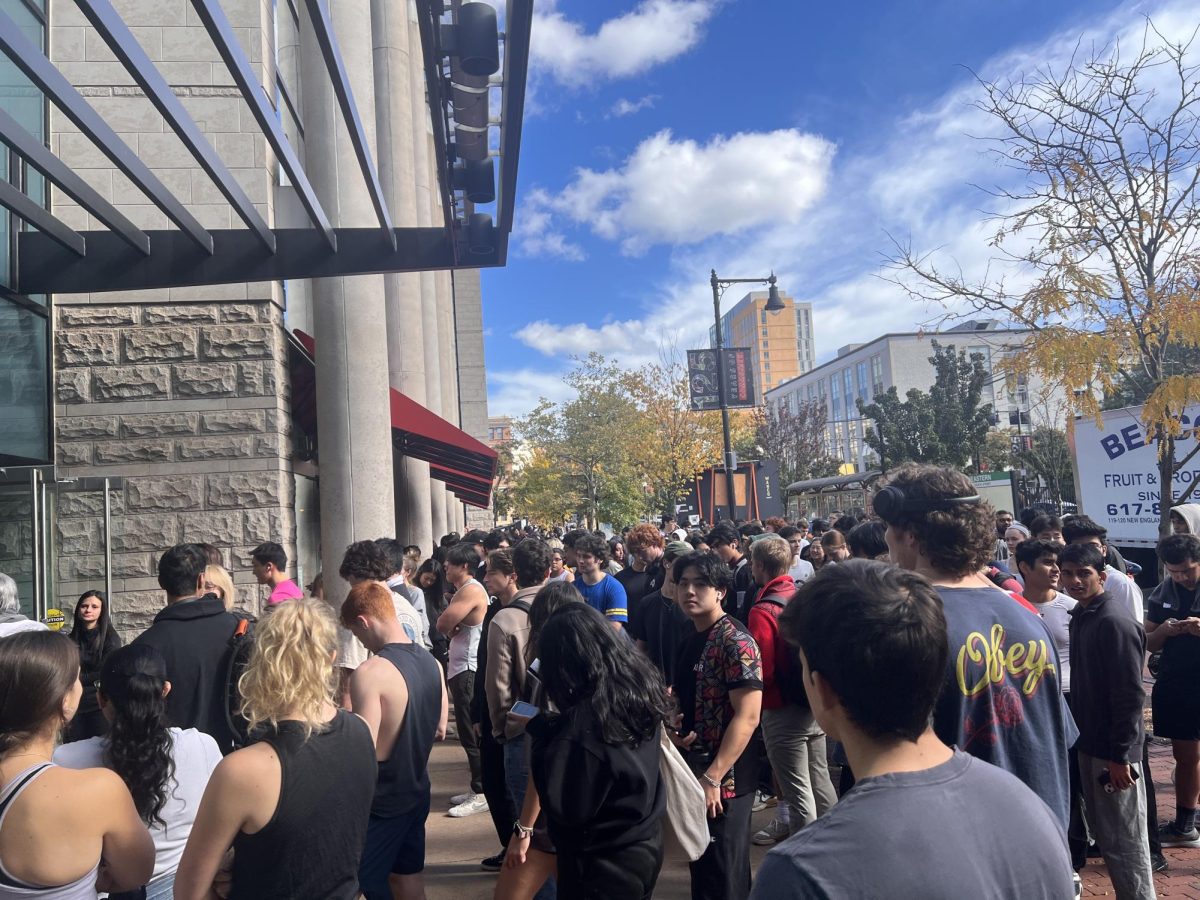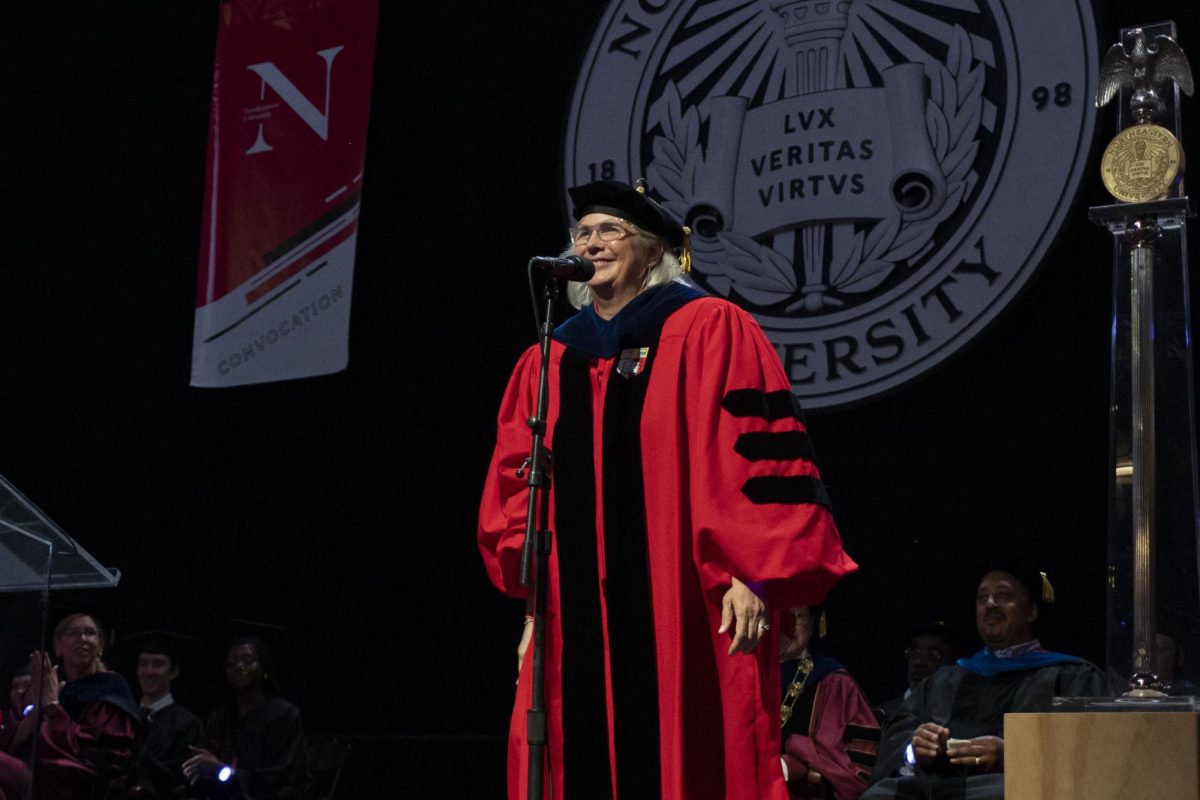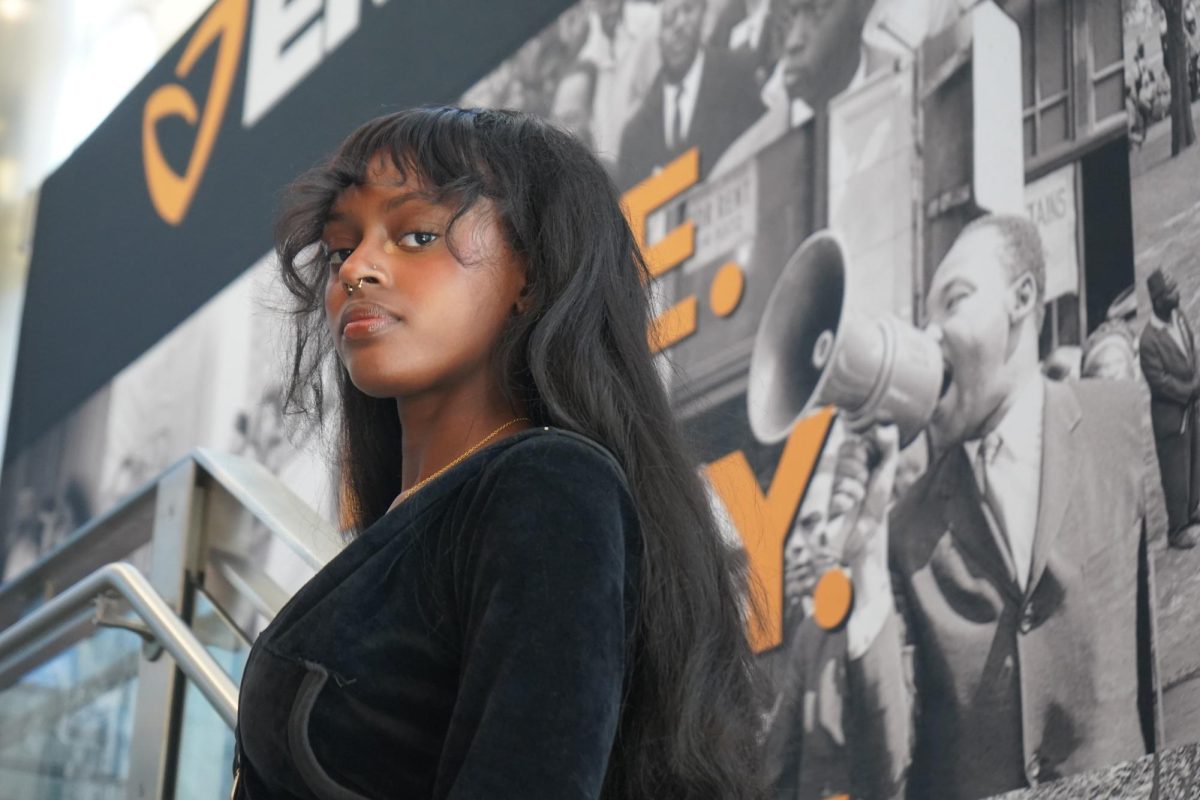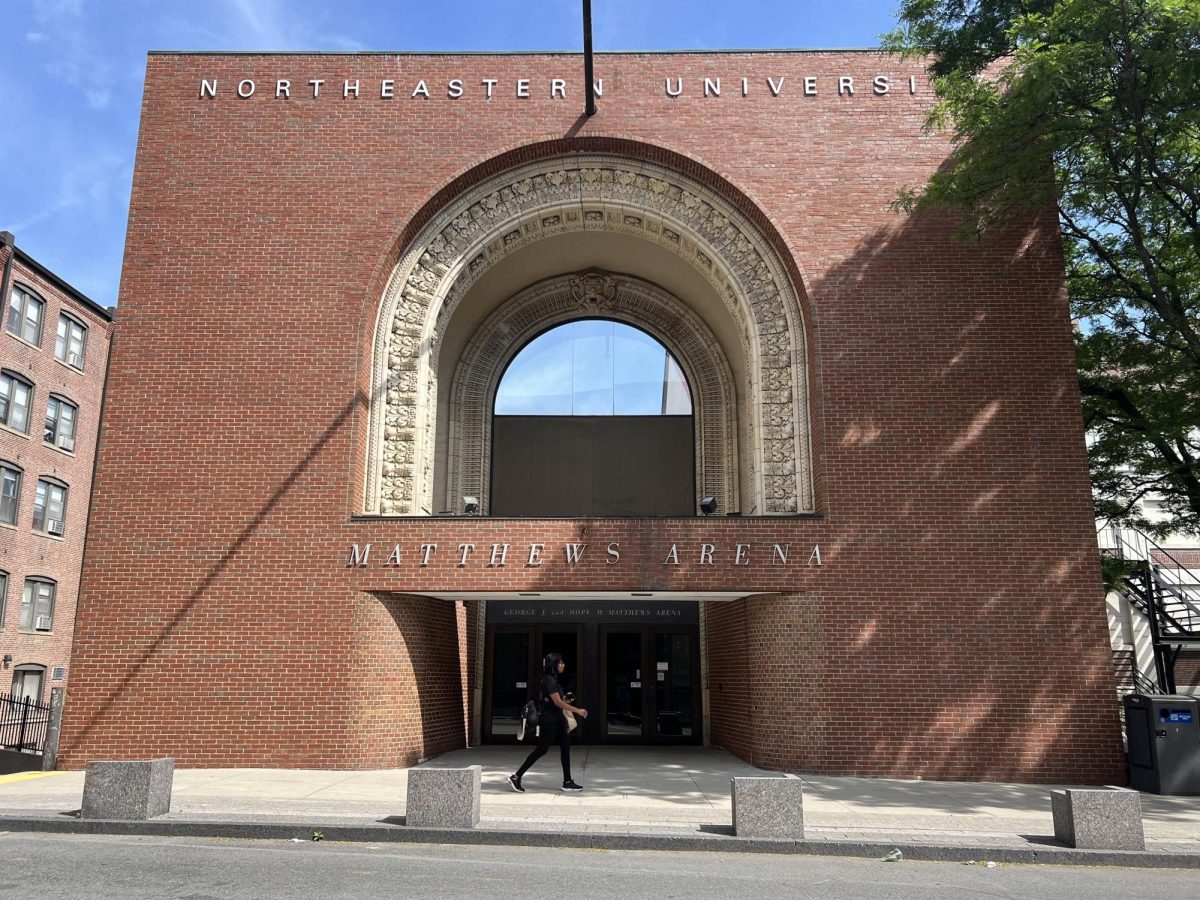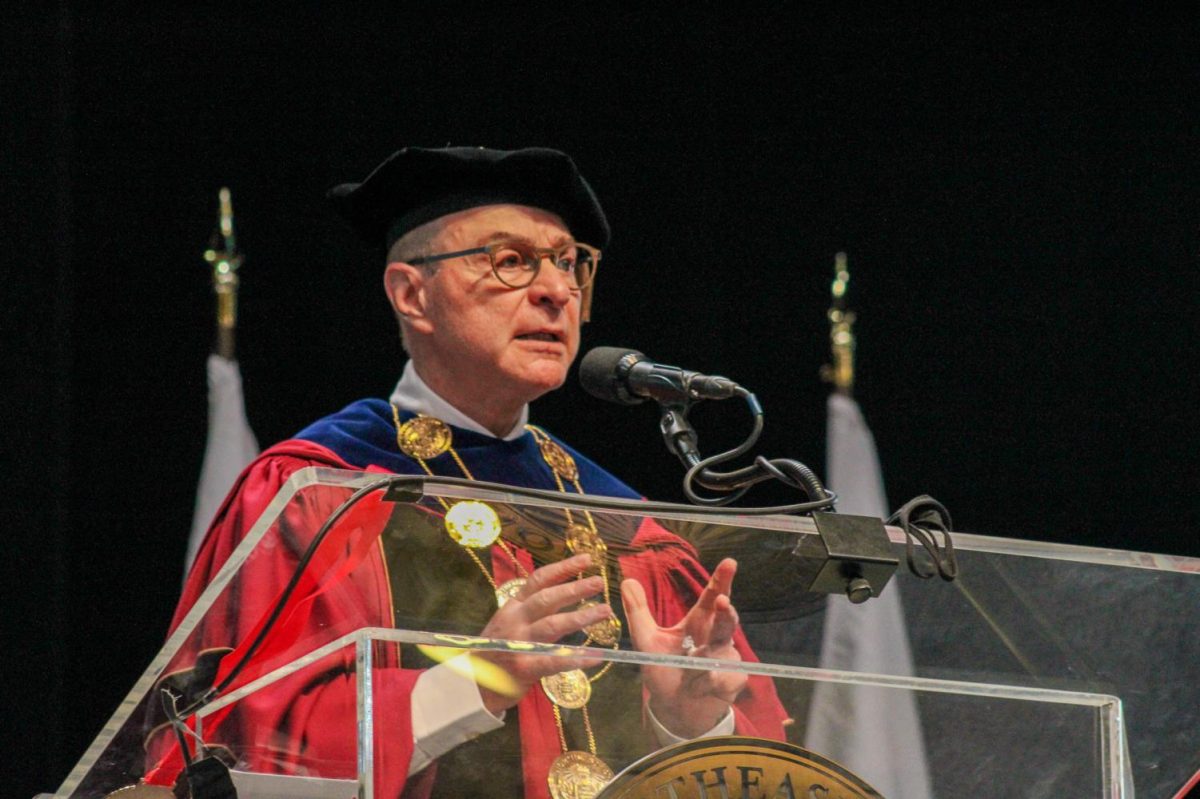Many college admissions officials across the country weren’t surprised when, in June, the U.S. Supreme Court ruled that higher education institutions could no longer use race as a factor in their admissions process. Some, including Northeastern’s Chief Legal, Compliance and Risk Officer Mary Strother, had been expecting the decision for years.
“I’ve been in this role just shy of two years,” Strother said at a recent faculty senate meeting. “For a significant portion of that time, I’ve been worrying and waiting for the opinion to come down from the Supreme Court.”
Colleges around the country have adjusted application questions and policies to ensure continued diversity. At the senate meeting, Strother and Chief Enrollment Officer Satyajit Dattagupta discussed Northeastern’s approach to admitting a diverse pool of applicants in a post-affirmative action landscape, highlighting the ways the university will adapt to the ruling.
Increased community outreach – including more visits to Boston and Oakland public schools – continued financial aid support to students and consideration of a students’ identity through analysis of their essays are all components to an evolving admissions strategy.
Strother noted the decision does not mean that racial identity cannot still influence an application in other ways.
“The court did acknowledge that … there is value to be had in considering an applicant’s skills, knowledge and character-related qualities that could arise from their experiences including their racial identity,” she said. “So there are still opportunities to look at, in a holistic way, an applicant’s race in the context of the essay and other places.”
In addition to undergraduate admissions, Strother explained that graduate admissions, doctoral programs and scholarships are complicated with the decision from the Supreme Court. Diversity, equity and inclusion, however, will still be components of Northeastern’s core mission, she said.
“We need to be mindful that this decision does not change Northeastern’s values, and it does not change Northeastern’s commitment to an inclusive, globally diverse community and fostering a sense of belonging,” Strother said. “It just changes the way we may go about it in some ways, but we are committed to those goals and those values, and that doesn’t change.”
Dattagupta highlighted the importance of Northeastern’s commitment to a “holistic review” of prospective students to ensure continued diversity.
“We have now built a values-based model that looks at a number of different things: a student’s journey through their high school, and even earlier, the community that they come from,” Dattagupta said. “We can actually take race into consideration when a student expresses that [their racial identity] has been impactful in their lived experience. They can write about that in their essay.”
None of this work is an attempt to circumvent the Supreme Court decision, Dattagupta said. The university is more concerned with creating classes full of students with diverse experiences and from diverse backgrounds.
“It’s not a proxy for using race in the admissions process,” he said. “There’s every effort being made so that we don’t see a downward turn in the recruitment and enrollment of students that are BIPOC.”
A diverse incoming class of students affects more than just applicants —the admissions department is crafting the future of the Northeastern community.
“If you ask any student in … extracurricular, social and academic settings, they’ll tell you that one of the most valuable parts of college is being able to meet people from different backgrounds than their own,” said Natalie DeLaCruz, vice president for diversity, equity and inclusion of Northeastern’s student government association. “Diversity of opinion leads to feelings of inclusion and it leads to more success overall.”
Dattagupta provided insight into how admissions may change or stay the same moving forward. A massive consideration, he said, is the moving demographic of applicants in the coming years.
“At the undergraduate level … there’s what we call a demographic cliff. You’re having fewer students graduating from college, you have fewer students who are academically and financially prepared to succeed,” Dattagupta said. “We are in a majority-minority, which means that more than 50% of students graduating from high school are not white. This is the first time that’s happened in the United States.”
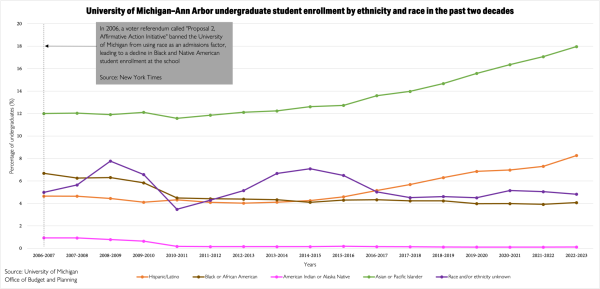
In addition to working on creating a diverse student body, Northeastern has made efforts to proactively engage with underserved communities in the Boston area and where other campuses are located. Part of this includes working with community-based organizations, or CBOs.
“We’ve really increased our outreach in working with underserved communities and partnering with community-based organizations around the country,” Dattagupta said. “We’ve actually signed up with 75% more CBOs in the past two years than we’ve ever worked with before.”
Despite the current student population largely hailing from the top 10% of family incomes, increasing socioeconomic diversity and the use of race as a factor in scholarships is just as relevant to incoming students, Dattagupta said.
“Something that I’ve been very mindful of is that our early decision pool is more financially diverse this year than it was the year before,” he said. “We’ve also taken a deeper dive into the merit-based awards and need-based awards along with endowed awards that use race.”
DeLaCruz, a third-year political science and human services combined major, echoed this sentiment, pointing to the inherent connection between race and socioeconomic status in diversity efforts.
“Race and socioeconomic [diversity] are so linked together. Both of them lead to intellectual diversity,” she said. “Both of them are necessary in classrooms.”
DeLaCruz pointed to transparency as being important to the evolving admissions process.
“When they have a plan, they should put it out there,” she said. “This is a very real issue for a lot of students, especially for the students of color who are already feeling isolated on campus.”
Dattagupta and Strother both expressed that the university is prepared to sustain a diverse student body in the face of the Supreme Court decision.
“Because of the fact that we prepared for this, we’ve been proactively working for this for nearly more than 18 months and feel confident that we’ve put the right measures in place,” Dattagupta said. “Time will tell how this will impact our outcome.”



